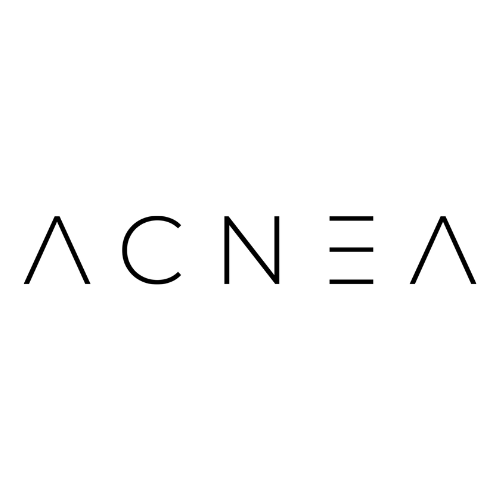Acne Myths Busted: Separating Fact from Fiction for Clearer Skin
Acne is one of the most common skin concerns worldwide, but endless acne myths and misinformation make it hard to know what really works. From the claim that chocolate causes breakouts to the belief that sun exposure can clear acne, these misconceptions can delay people from finding an effective clear skin routine.
In this guide, we’re busting the most common acne treatment myths and sharing real, dermatologist-approved acne tips to help you build a routine that delivers results. Whether you’re exploring the best acne treatments or just starting your skincare routine for breakouts, understanding fact vs. fiction is your first step toward clearer, healthier skin.

Common Acne Myths
These myths lead to ineffective treatments and unnecessary stress. By separating truth from fiction, you’ll be better equipped to manage your skin health.
--------------------
Is Chocolate Really to Blame?
The idea that chocolate causes acne has been around for decades, but research shows it’s largely a myth.
There’s no direct link between chocolate and acne. The real trigger may be sugar and dairy, which can affect hormone levels and contribute to breakouts.
👉 Pro tip: If you notice flare-ups, choose dark chocolate with less sugar for a more acne-friendly diet.
Can Toothpaste Cure Pimples?
The toothpaste-as-acne-treatment myth is one that refuses to die. While toothpaste contains drying agents, it also includes ingredients that can irritate acne-prone skin and worsen breakouts.
Instead of toothpaste, stick with dermatologist-recommended acne treatments like benzoyl peroxide spot creams or salicylic acid products. These are clinically proven and safe for your skin.
Effective Acne Treatments That Actually Work
Consistency and science-backed ingredients matter more than myths. Here’s how to build a clear skin routine that works.
Power of Consistent Routines
Stick to a simple routine for at least 4–6 weeks before expecting results. A solid skincare routine for acne-prone skin should include:
-
Gentle cleanser (remove dirt, oil, bacteria)
-
Acne-fighting treatment (salicylic acid or benzoyl peroxide)
-
Lightweight, non-comedogenic moisturizer
-
Daily sunscreen (to prevent acne scars from darkening)
Top Ingredients Dermatologists Recommend for Acne
-
Salicylic Acid: A BHA that exfoliates inside pores, unclogs them, and prevents breakouts.
-
Benzoyl Peroxide: Kills acne-causing bacteria and reduces inflammation.
-
Retinoids: Increase cell turnover, unclog pores, and improve skin texture.
Start with lower concentrations to avoid irritation, and remember that patience + consistency = results.
Professional Treatments Worth Trying
For extra support, professional treatments can complement your routine:
-
Chemical Peels: Exfoliate, unclog pores, and reduce scarring.
-
Light Therapy: Blue light kills acne bacteria, red light reduces inflammation.
-
Extractions: Safely remove blackheads and whiteheads.
Always consult a dermatologist before starting professional treatments.
Skincare Facts vs. Fiction
The skincare world is full of conflicting advice. Here are more acne facts to guide your decisions.
The Truth About Pore Size
Pore size is mostly genetic. You can’t shrink them permanently, but you can reduce their appearance with:
-
Regular exfoliation
-
Gentle cleansing
-
Niacinamide products
👉 Visible pores are normal — focus on healthy skin, not pore elimination.
Does Stress Really Cause Acne?
Stress doesn’t directly cause acne, but it can trigger breakouts in acne-prone individuals by raising cortisol (the stress hormone), which increases oil production.
Managing stress with meditation, exercise, or therapy can support both your skin and overall health.
Natural Remedies: Help or Hype?
Some natural remedies work, others can harm:
-
✅ Helpful: Tea tree oil (antimicrobial), honey (soothing + antibacterial)
-
❌ Harmful: Lemon juice, baking soda (irritating, disrupt pH)
Always patch-test and consult with a dermatologist for safe natural remedies.
Final Takeaway
Acne myths can hold you back from finding real solutions. Focus on consistent routines, proven ingredients like salicylic acid and benzoyl peroxide, and dermatologist-backed treatments.
👉 When you cut through the noise and stick to what actually works, clear skin isn’t just possible — it’s inevitable.
